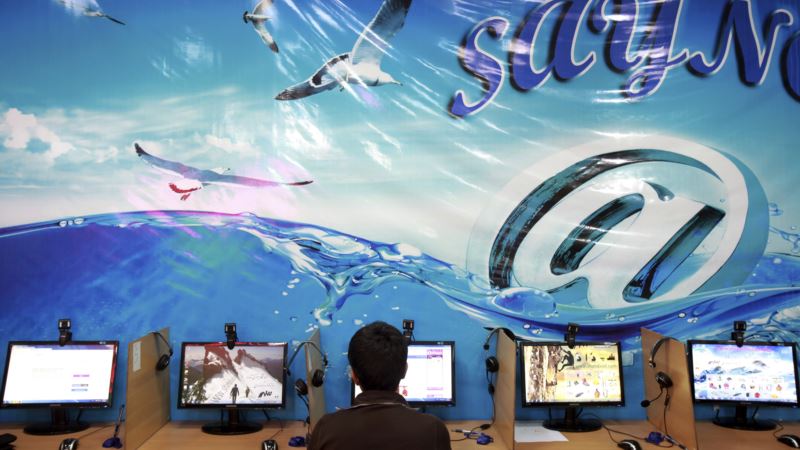The causes of autism are murky, varied and complex. But researchers have taken a step forward, identifying hundreds of new genes that may play a role in the development of autism — a neurodevelopmental disorder that affects children's ability to communicate, learn and socialize. Investigators say the genes are not necessarily a direct cause of autism, but could contribute to the condition, meaning the genes that could lead scientists toward finding a cause and, possibly, a treatment. Children with autism have trouble communicating and socializing. The condition runs the spectrum from mild awkwardness to complete social isolation, which is why it is called autism spectrum disorder or ASD. There is no cure for what has become one of the most common developmental disorders to strike young children. But early intervention, in the form of physical and behavioral therapies, has proven to be beneficial. So far, 65 autism-risk genes have been identified, but their exact role is unknown. Investigators think there could be anywhere from 400 to 1,000 autism genes altogether. Using what they call a machine-learning computer program, researchers at Princeton University in the United States discovered 2,500 genes they believe could contribute to ASD. The new leads were published in the journal Nature Neuroscience. There are some 25,000 genes in the human body. To narrow down the genes within the vast brain circuitry that may contribute to the development of ASD, investigators looked at the huge array of connections among genes responsible for brain function. Arjun Krishnan, a researcher at Princeton's Lewis-Sigler Institute for Integrative Genomics, likened it to finding friends on Facebook. "And if Facebook wanted to find out who your friends are and wanted to suggest a friend for you, what they would do is find out who your friends are and then find out other people who are friends with those same people,” Krishnan said. “So that's how they give you suggestions of new friends you might know. We used a very, very similar strategy." Krishnan says the machine-learning program identified similarities between brain-related genes and the 65 autism-risk genes, finding still other genes that are "friends" of both. In this case, 2,500 genes that may increase a person's risk for autism. It is the specific combinations of those genes that may explain why one child on the spectrum is mildly affected while another child is severely disabled, says Olga Troyanskaya, a professor of computer science and genomics at Princeton University. Discovery of a distinct pattern of gene interactions that contribute to autism might someday lead to a test diagnosing children, so they can begin therapy as early as possible.
Hundreds of Autism-linked Genes Discovered






